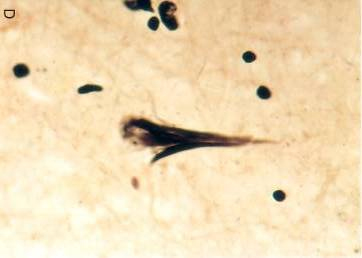Term 3, CPC 4 Quiz
11 Questions
| Attempts: 82
2.
You may optionally provide this to label your report, leaderboard, or certificate.
×
Thank you for your feedback!
















